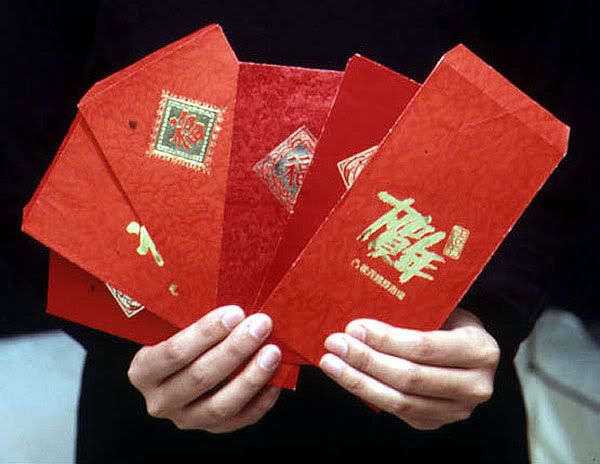Lunar New Year Typically and commonly known by most people as the Chinese Calendar. The Chinese New Year is based on the Lunar Calendar.
Those who celebrate this New Year is definately just the Chinese alone. Among those who celebrate this same festival alongside with the Chinese are the Koreans, Vietnamese, Mongolians and Tibetians.
In fact the Japanese before World War 2, celebrated the exact same new year as the Chinese as well. But since plans of invasion, they had somewhat stopped celebrating this festival and instead had their own new year shifted to be on January 1st have it to be the same as the Western New Year, to be the same as the Western calendar or the so called Gregorian calendar.
The Lunar New Year are known as the following by the different groups of people
1) Chinese New Year – 春節 (Pinyin: Chūnjié)
2) Koreans NewYear – Seollal (Hangul: 설날; RR: Seollal; MR: Sŏllal)
3) Vietnamese New Year – Tết Nguyên Đán
4) Mongolian New Year – Tsagaan Sar (Mongolian: Цагаан сар ᠴᠠᠭᠠᠨ ᠰᠠᠷᠠ )
5) Tibetan New Year – Losar (Tibetan: ལོ་གསརWylie: lo-gsar; Chinese: 洛薩)
6) Japanese New Year – Shōgatsu (正月)
Vietnamese New Year (Tết Nguyên Đán)
Vietnamese New Year does shares much similiarities with Chinese new year as they share too much with that of the Chinese. But however, they do have some elements of their own versions with slight differences. While Chinese New Year is 15 days of Celebration and if to include the eve, it will be a 16 days of celebration, Vietnamese new year on the other hand is also a 15 days of celebrations and if to include in the eve and before eve, it will be a 19 days of celebrations.
There are 3 part of it. Before the Eve, the Eve itself and then New Year 19 Days of New Year The below will be on what it is like on the 15 days of new year.
Before eve : .Ông Công, Ông Táo Day (Kitchen God day)
Before Eve : Wrapping Chung cake
Before Eve : Family reunion and Tất niên Eve ( Giao thừa) : Decorations, Be Debt Free, Cooking Traditional Food and Shopping all neccessarities ( including praying sessions to God and Ancestors )
Day 1-3 : First three days of the new year: visit paternal side on the first day, maternal side on the second day and teachers on the third day
Day 4-6 : Visit relatives, friends and neighbours Day 4 : Hóa vàng - burn the offerings near Tet's end for ancestors
Day ??: Reopen business: usually owners pick a good date that matches their age
Day 15 : Tết Nguyên Tiêu – Latern Festival also known as Valentine's Day
During the Celebration of Tết Nguyên Đán Pretty much similiar and alike to the Chinese in many ways, Vietnamese also believe in being Debt free before the new year and having spring cleaning. Family reunion dinners and gathering are also another similiarity.
Whatever that can change to something new should be changed such as old furnitures etc.... It is also very important to wear total new clothes on the beginning of the new year just like the Chinese.
Clothes of Bright colours such as Yellow and Red is to be worn. No dull ,dark, unlucky colours are to be worn on this day of new year

During visiting on Lunar new year, for the Chinese, the elder and married would give away Red Envolpes / Packets ( Hong Baos) to the Children and those who are single as a form of blessing and to ward off bad luck with some money inside
To the Vietnamese, it is known as Lì Xì or lucky money
Do also take note that the amount of money given must only be in even numbers and cannot be in odd numbers. Nice words of wishes and blessing will be said to each other on this day and it is a time of lots of fun and gathering with much eating and drinking
[Click here to read full article]










0 comments:
Post a Comment